Optimizing Food Production
This guide analyzes the efficiency of different food sources within the Civlabs Experiment. Using charts and tables, it compares how much food can be produced from crops, fishing, and animal products, both per tile of farmland and per unit of time.
Till Soil Efficiency Charts:
The chart below shows Hunger per Minute per Tile for different farming strategies. Each bar represents how efficiently a single farmland tile (or the same investment of resources) converts into usable food.
- Direct Crops (e.g., carrots, potatoes, melons) measure how much food is gained straight from planting.
- Animal Conversions (e.g., pigs fed with carrots, cows fed with wheat) measure how much food you gain when crops are used as feed and converted into meat.
- Processed Foods (e.g., cookies, pumpkin pie, bread) are included to show the trade-offs of more complex recipes.
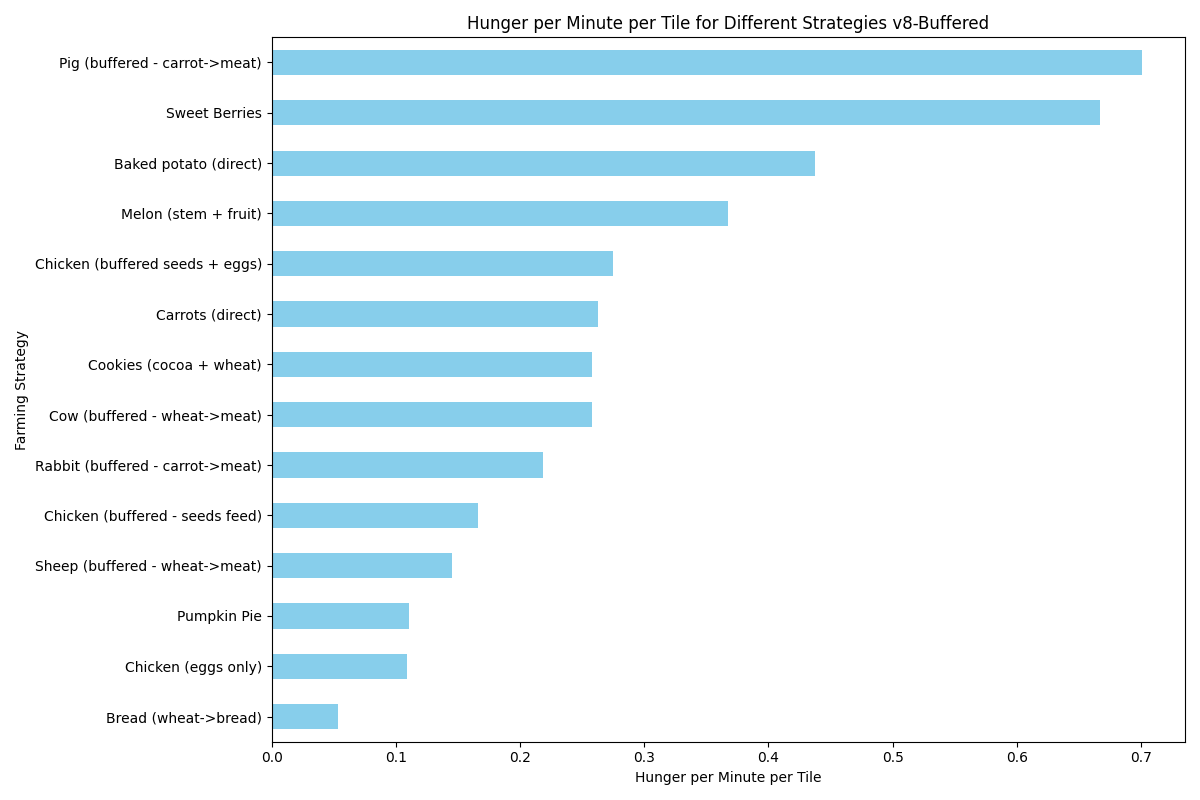
Sweet Berries
One of the most efficient foods in terms of output per tile, thanks to their fast regrowth cycle. However, their main drawback is the required harvest rate: on average, every 7.5 minutes. Over long sessions (e.g., three hours), this becomes extremely tedious.
Cookies
Requires a small footprint of 2 wheat tiles; cocoa beans do not need farmland and can be stacked on logs, making the setup relatively compact. Efficiency comes from the minimal land use rather than raw food output.
Chicken (Egg Only)
By confining 24 chickens in a 1×1 space, players can collect a steady flow of eggs, which are then cracked into chicken meat. This setup provides a renewable but relatively slow food source.
Pumpkin & Melon
These crops depend on growth placement mechanics, where stems occupy one tile and fruit appears on an adjacent tile. Efficiency scales with proper farm design to maximize fruit generation.
Pumpkin Pie
Requires 4 tiles to sustain production (2 pumpkin tiles for stem + fruit, 1 sugar tile, 1 chicken). This heavy footprint explains its low efficiency. Additionally, converting sugar cane into sugar is rarely worth it—prioritize using cane to level up healers and librarians instead
Key Insights from the Chart:
- Pigs (carrot → pork) and sweet berries provide the highest food per tile efficiency.
- Direct crops like baked potatoes and melons outperform most animal conversion chains.
- Bread, despite being a staple, is the least efficient use of wheat compared to other options.
- Many animal conversions are outperformed by direct crops unless large-scale buffering is used.
Fishing Graphs:
Expected Hunger per minute per player under varying conditions (inside/ouside, weather).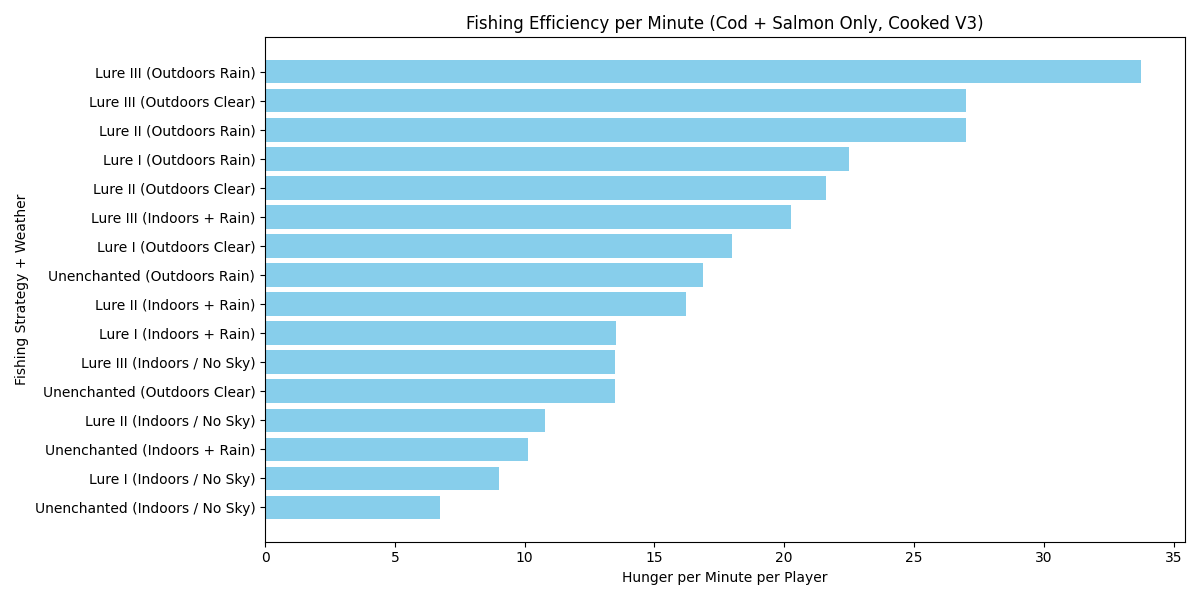
Break-Even Calculations:
The number of crop tiles needed to match the hunger gained from fishing.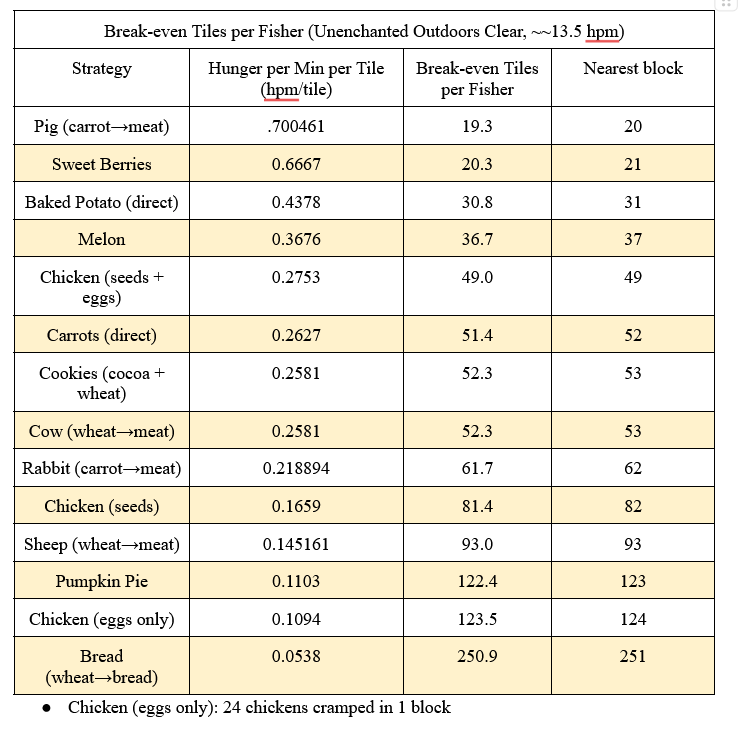
This resource is intended for players who want to maximize the productivity of their farms, balance fishing against agriculture, or plan for large-scale town food needs.

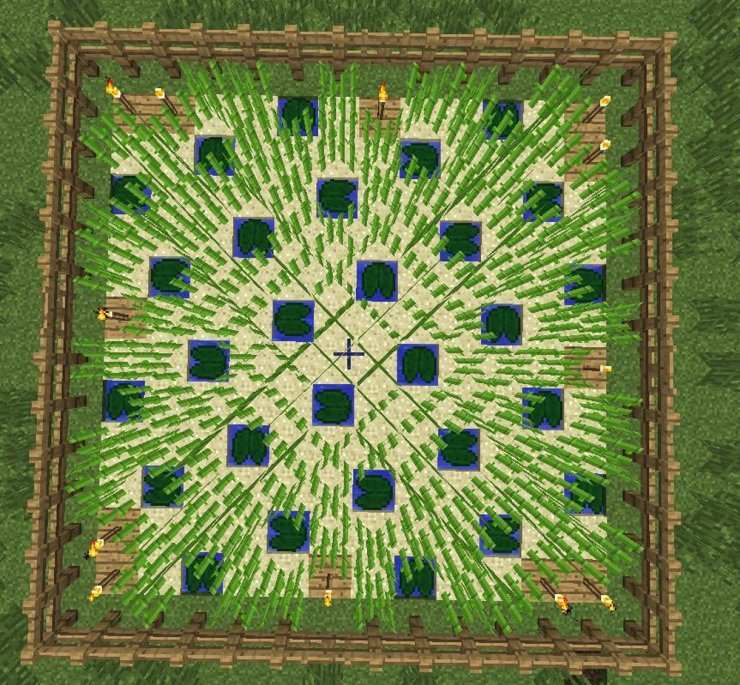
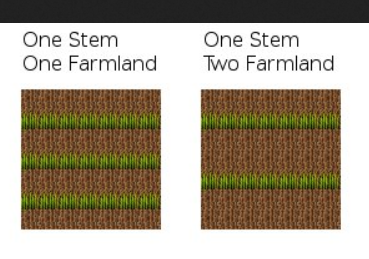
No comments to display
No comments to display